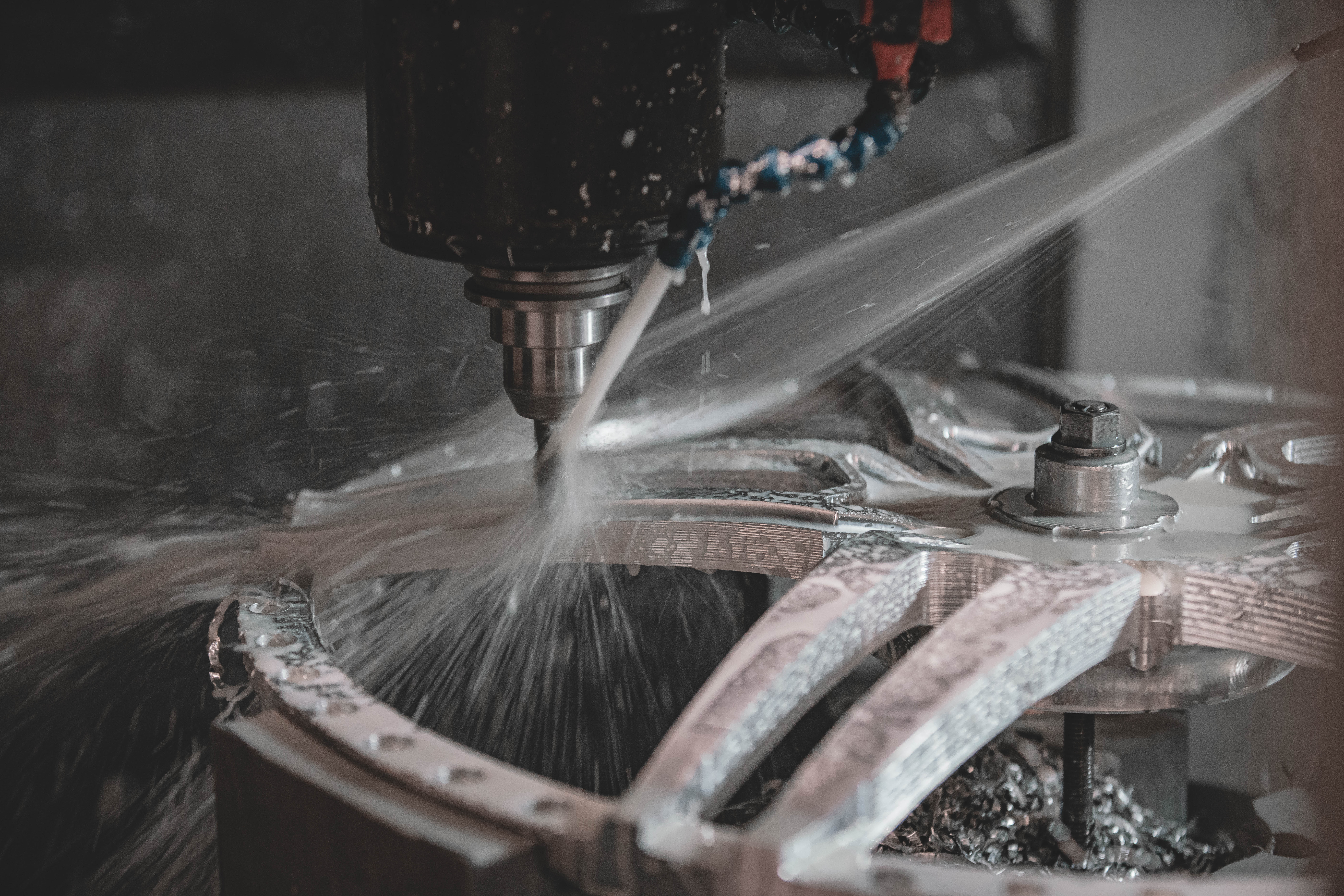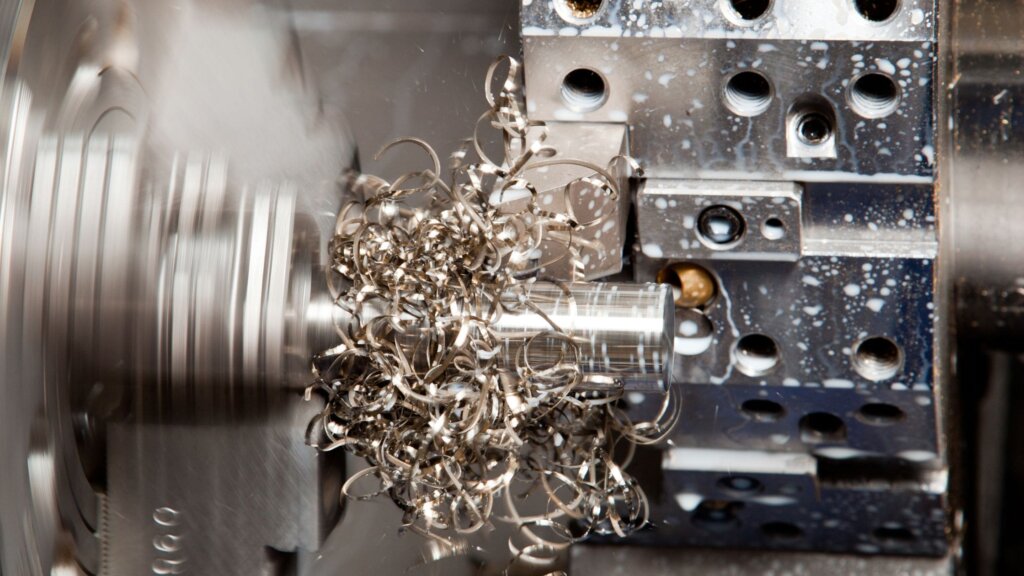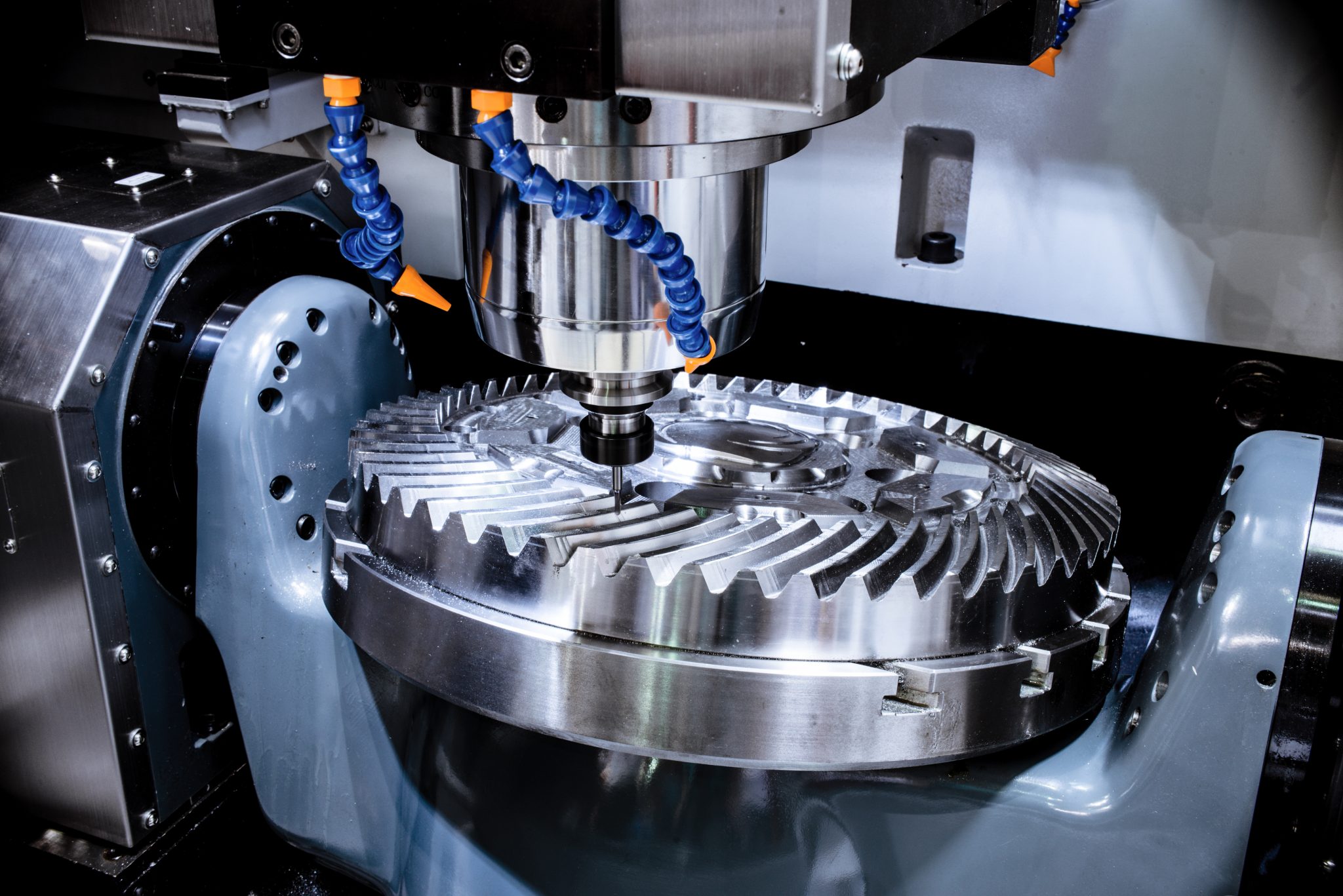Unveiling the Intricacies of Fasteners and Machining Processes for Optimal Efficiency
In the world of engineering and manufacturing, the selection of bolts and the ins and outs of machining processes play a pivotal role in figuring out the supreme performance and resilience of an item. From the apparently uncomplicated task of choosing the best type of bolt to the complex accuracy machining methods used, every action in this procedure demands meticulous interest to detail. As we get started on this exploration right into the world of bolts and machining, we will reveal the subtle yet essential aspects that can substantially impact the performance and quality of the end product, shedding light on the usually ignored aspects that can make all the difference in attaining ideal efficiency.

Importance of Proper Bolt Selection
Selecting the suitable fasteners is important in ensuring the architectural integrity and longevity of any mechanical assembly. Fasteners play a fundamental role in holding components with each other securely, with the right selection adding significantly to the total efficiency and integrity of the setting up. When selecting bolts, aspects such as product compatibility, environmental problems, load-bearing capacity, and simplicity of setup must be very carefully considered to assure optimal efficiency.
Improper bolt selection can cause a variety of concerns, including helping to loosen, rust, and also structural failing. Using bolts that are not suited to the details demands of the setting up can jeopardize its functionality and present safety threats. Consequently, designers and designers must thoroughly evaluate the application needs and pick bolts that fulfill or exceed the needed criteria and specifications.
Furthermore, the right bolt option procedure involves examining the joint layout, anticipated loads, resonance degrees, and possible thermal expansion or contraction to make sure that the selected fasteners can stand up to the operating problems properly. By focusing on proper fastener selection, producers can improve the high quality, resilience, and efficiency of their mechanical assemblies.
Types and Features of Bolts
An important element of mechanical settings up exists in comprehending the diverse types and distinct qualities of fasteners utilized in various commercial applications. Bolts are crucial components that hold frameworks with each other, making certain security and capability. There is a variety of fasteners available, each designed for specific objectives based upon the application demands. Typical types of fasteners consist of screws, screws, nuts, washing machines, pins, and rivets.
Screws are threaded fasteners that are typically used to sign up with 2 or more parts with each other. Nuts are internally threaded bolts that mate with bolts to hold components together. Washing machines are thin plates that disperse the load of a bolt, avoiding damages to the material being attached.
Understanding the qualities of each kind of fastener is crucial for selecting the appropriate one for a certain application, making sure optimum performance and dependability of the mechanical setting up. Fasteners and Machining.
Accuracy Machining Methods for Efficiency
The detailed style needs of various bolts require using precision machining techniques for optimum performance in making procedures. Precision machining is essential in guaranteeing that bolts fulfill the precise specs needed for their desired application. Among the main techniques used in precision machining is Computer Numerical Control (CNC) machining, which makes it possible for high levels of precision and repeatability in the production of fasteners. CNC equipments are qualified of doing complicated cuts and shaping operations with minimal human treatment, causing enhanced effectiveness and consistency in the manufacturing procedure.
Along with CNC machining, various other accuracy strategies such as grinding, milling, and transforming are generally utilized to attain the tight tolerances required for fasteners. click for more These strategies allow makers to create fasteners with smooth surface areas, precise dimensions, and high architectural honesty. By utilizing accuracy machining strategies, producers can improve the top quality of fasteners, decrease product waste, Learn More Here and improve general manufacturing effectiveness. The usage of advanced machining procedures helps make sure that bolts meet market criteria and client expectations for efficiency and dependability.

Factors Influencing Machining Process Efficiency
Numerous variables play a significant function in determining the efficiency of machining processes in the production of fasteners. Optimizing these criteria based on the particular needs of the fastener being produced is key to accomplishing cost-efficient and accurate machining.
Machine strength and security likewise play a critical role in identifying machining process performance. A stable equipment with marginal vibrations can enhance precision and protect against device wear, causing much better general performance. Additionally, the skill and experience of the machine driver can not be taken too lightly. An educated driver can make real-time modifications, troubleshoot issues successfully, and make sure that the machining process runs smoothly, inevitably impacting the final top quality of the bolt.

Top Quality Control Steps in Manufacturing
Variables influencing machining procedure efficiency, such as reducing device choice and equipment security, directly effect the implementation of quality assurance measures in manufacturing. Quality assurance measures are important in making certain that items satisfy the needed requirements and standards. In the manufacturing process, various methods are employed to preserve quality standards. Inspection and screening play an important duty in recognizing any kind of variances from the preferred result. Normal upkeep of machining devices is likewise crucial to maintain high quality control. Calibration of machines and devices is essential to ensure accurate and exact manufacturing procedures. Additionally, executing standardized operating procedures and protocols can assist in preserving consistency and high quality throughout the manufacturing line. Quality assurance measures not just concentrate on completion product but likewise on every phase of the manufacturing process to stop flaws and mistakes. By sticking to rigid quality assurance steps, suppliers can enhance customer complete satisfaction, construct an online reputation for reliability, and eventually achieve ideal efficiency in their machining procedures.
Verdict
To conclude, choosing the ideal bolts and using accuracy machining methods are vital for ideal performance in producing procedures. Comprehending the kinds and attributes of fasteners, together with variables affecting machining procedure efficiency, can bring about boosted performance and top quality control actions. By taking notice of these details, manufacturers can attain greater degrees of efficiency and dependability in their products.
In the world of design and production, the choice of fasteners and the complexities of machining processes play a pivotal duty in establishing the best efficiency and sturdiness of a product (Fasteners and Machining). One of the primary strategies made use of in accuracy machining is Computer Numerical Control (CNC) machining, which allows high levels of precision and repeatability in the manufacturing of fasteners. The usage of innovative machining processes helps make certain that fasteners meet sector requirements and customer assumptions for performance and integrity
In conclusion, picking the ideal Web Site fasteners and making use of precision machining strategies are crucial for ideal performance in producing processes. Recognizing the types and features of fasteners, along with variables influencing machining procedure performance, can lead to improved effectiveness and quality control procedures.